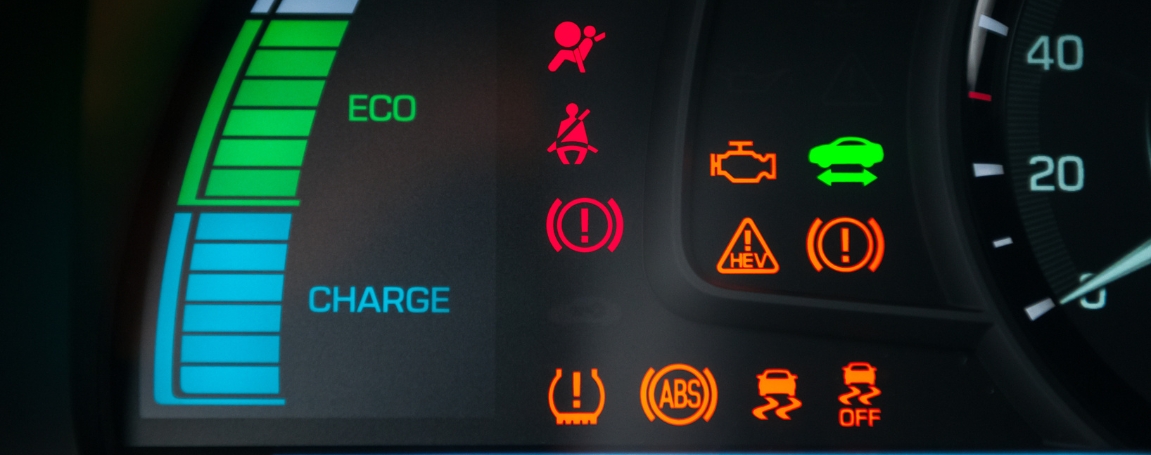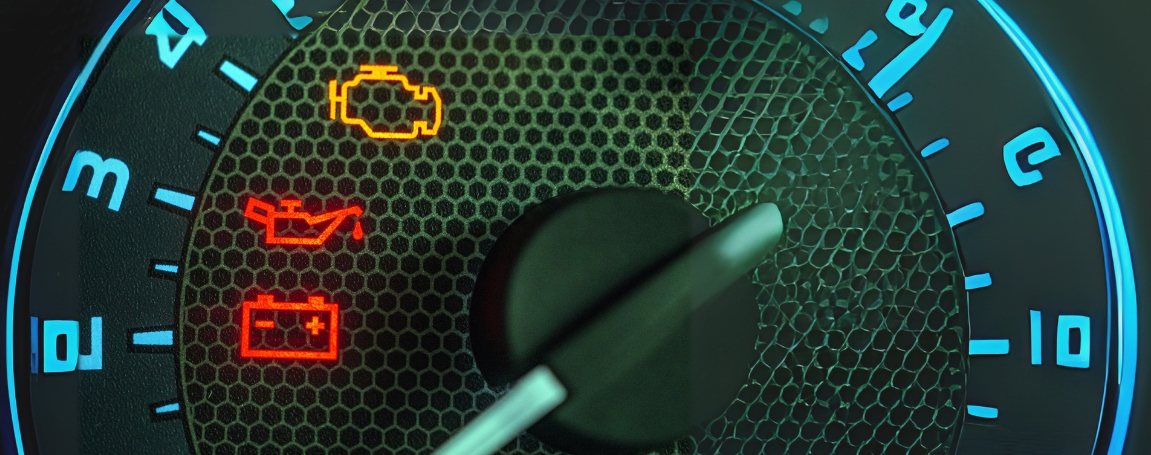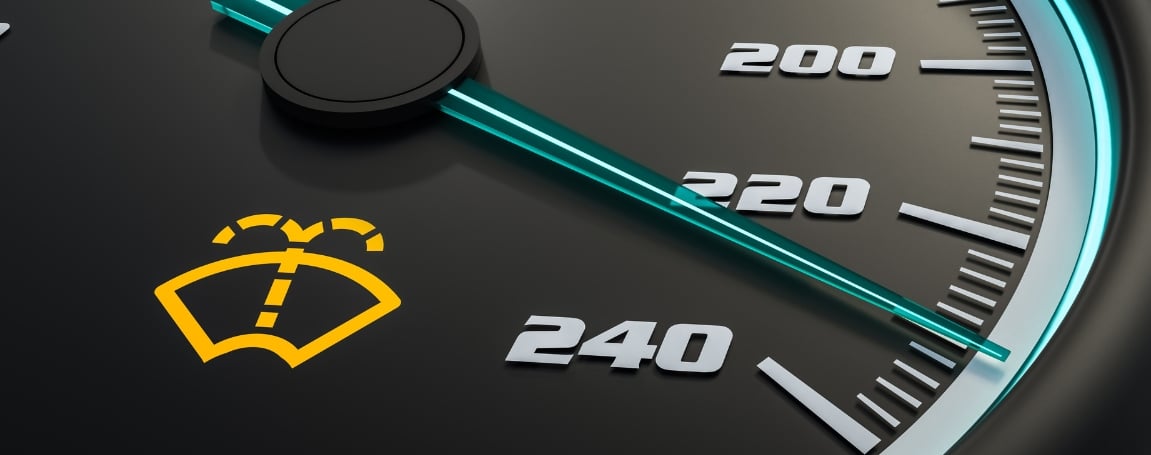Decoding Warning Lights In Your Car: When to Worry?
Decoding Warning Lights In Your Car: When to Worry?
Posted on July 2, 2025
You’re cruising along the highway or just backing out of the driveway, and suddenly-ding-a light pops up on your dashboard. It might be a small icon, but it's hard to ignore. Many drivers freeze when they see one, unsure whether to panic or keep going. The truth is that dashboard warning lights are designed to help you. They're the language your car uses to say something needs attention. Some are simple reminders. Others are serious calls for action. Having all the information related to the difference can save time, money, and stress.
Not All Lights Mean Trouble - But Some Do

Dashboard symbols often follow a traffic light-style code. If it's red, it’s serious. You should stop driving as soon as it’s safe and seek help. Yellow or orange lights indicate something is off, but you can usually continue driving for a short time. Green or blue lights simply tell you that a system is on, like cruise control or high beams. Still, even the less alarming lights shouldn’t be ignored for too long.
One of the most common alerts is the Check Engine light. A fuel cap that isn't tightened properly can cause a failing sensor. If it's flashing, it's urgent. You should stop the car and have it inspected right away. If it remains steady, schedule a checkup as soon as possible. Don't guess modern vehicles utilise complex diagnostics, and leaving the problem unresolved can exacerbate the issue.
Oil, Battery, and Brake Lights: Take Them Seriously

Few lights cause more anxiety than the oil pressure warning. If this light appears (usually shaped like an old-fashioned oil can), your engine may not be getting enough oil. That means increased friction, heat, and damage. Pull over and power off the engine to prevent a breakdown.
The battery alert is another one to watch. It doesn’t always mean your battery is dead it might be an issue with the charging system. You may notice flickering headlights or slow window movement. It's best to get your battery tested and the alternator checked.
A brake warning light especially in red could indicate a serious fault. It may be due to low brake fluid, worn brake pads, or a failure in the braking system. Regardless, don't take chances. Your brakes are the most critical and vital safety feature in your car.
Weather and Canadian Roads Can Trigger Alerts Too
Living in Canada means your car faces extra challenges. From snow and salt to steep temperature drops, these conditions can lead to more warning lights during colder months. One of the most common is the tire pressure warning a yellow exclamation mark inside a horseshoe-like icon. Cold air can be the reason for tire pressure to drop, even when your tires aren't leaking. Low pressure can reduce traction and fuel efficiency, so it's important to refill them promptly.
Cold weather can also trigger alerts related to the coolant and battery. If your car shows a thermometer icon, it may be overheating or lacking coolant. Never open a hot radiator cap instead, wait until the engine cools and check the coolant level. Likewise, low temperatures can strain an older battery, triggering a warning even if the battery seems fine in summer.
Less Urgent, But Still Important

Not every light means you need to pull over immediately. Some just mean it's time for action soon. For example, the windshield washer fluid light is a simple reminder to refill your fluid tank. The lane departure warning and traction control lights contribute to safety and handling, but they typically don't signal a malfunction unless they remain on longer than usual or flash repeatedly.
If a light appears and your car still feels fine, don’t ignore it entirely. Small issues can build into larger ones if left unchecked. It’s always a good idea to refer to your owner’s manual, which explains each symbol specific to your make and model.
How to Respond Without Panic
When a light comes on, assess how your car is behaving. If you notice any uncommon noises, smells, or changes in its performance, take it seriously. Pull over safely and call for help if needed. For mild alerts, schedule an inspection within a few days. Trust your instincts if something feels wrong, it probably is.
Routine maintenance is the best way to minimise the likelihood of unexpected alerts. Regular oil changes, brake checks, and battery tests can prevent many of the common issues that trigger warning lights. It's all about catching small problems before they become big ones.
Schedule a Free Vehicle Checkup Today!

Staying ahead of dashboard warnings is easier with the right support. Whether it’s a small alert or something more urgent, professional help can make all the difference. Book your free vehicle checkup today.
Our certified technicians are at Myers Car Canada in Ottawa to keep your vehicle reliable in every season. As one of Ottawa’s top used car dealers, we offer trusted maintenance and peace of mind, so you can drive without worry.
